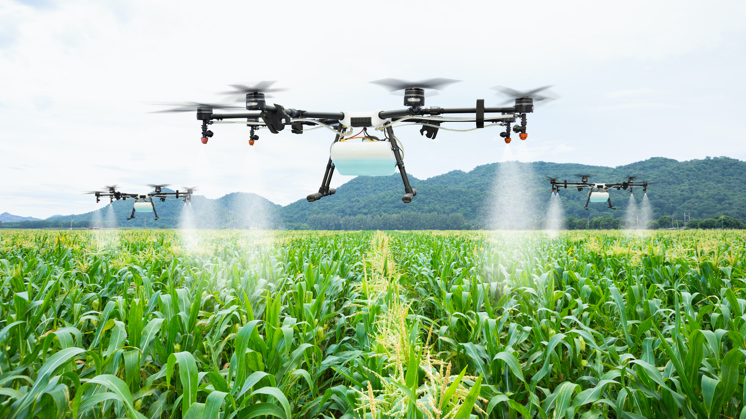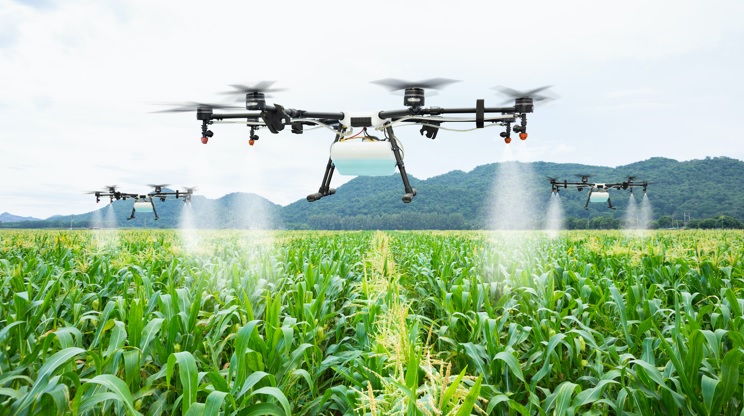
Introduction
Precision agriculture is revolutionizing the agricultural industry by combining advanced technologies and data analytics to optimize every aspect of crop cultivation. This approach has the potential to address the challenges posed by a growing global population and the need for sustainable food production.
Understanding Precision Agriculture
Defining Precision Agriculture
Precision agriculture involves the use of technology to gather data and make informed decisions about crop management. It takes into account variations within a field and tailors farming practices accordingly.
Evolution of Precision Agriculture
Precision agriculture has evolved over the years, starting with basic GPS applications and gradually incorporating sophisticated data analysis techniques.
Technologies Driving Precision Agriculture
Global Positioning System (GPS) Applications
GPS plays a pivotal role in precision agriculture, enabling accurate mapping of fields, tracking of machinery, and location-specific data collection.
Remote Sensing and Satellite Imagery
Satellite images provide crucial insights into crop health, soil moisture, and pest infestations, allowing farmers to take timely corrective actions.
Data Analytics and Machine Learning
Advanced analytics and machine learning algorithms process the data collected from various sources, offering valuable insights into crop growth patterns and yield predictions.
Key Components of Precision Agriculture
Soil Analysis and Monitoring
Precision agriculture begins with detailed soil analysis, helping farmers understand soil composition and nutrient levels to optimize fertilization.

